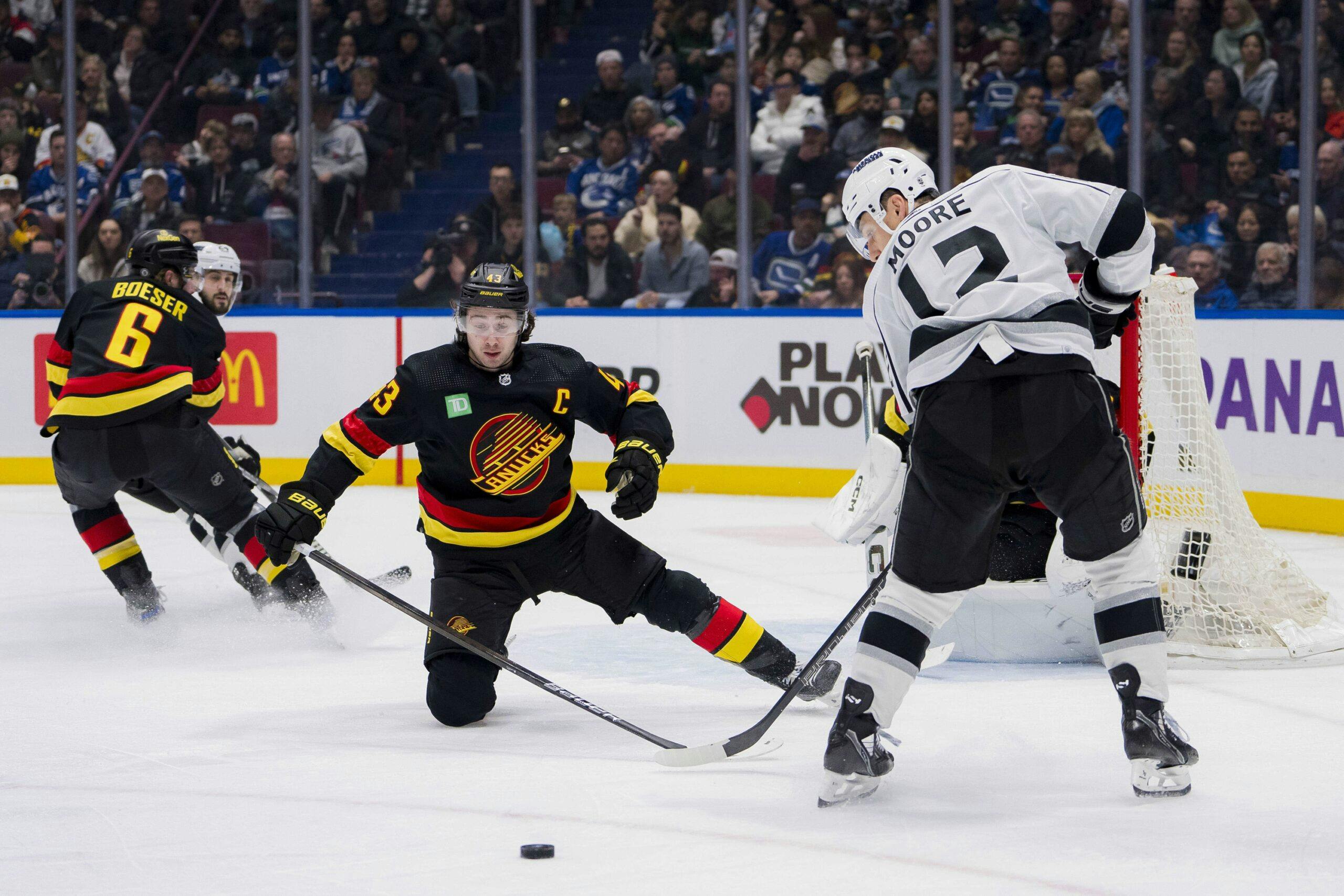Was it the power play, penalty kill, or even-strength play that sunk the Canucks in February 2024?
Photo credit: © Bob Frid-USA TODAY Sports
7 months ago
Keep scrolling for the next article
Breaking News
- Blackfish: Canucks’ Lekkerimäki debuts in AHL, Willander receives praise in NCAA, and more
- Scenes from Canucks practice: Expected line changes didn’t materialize after OT loss to Hurricanes
- Canucks: Rick Tocchet had plenty to say after Monday’s OT loss
- The Statsies: Erik Brännström leads the Canucks in xGF% in loss to Hurricanes
- Seravalli: Canucks already trying to get on top of NHL trade market
